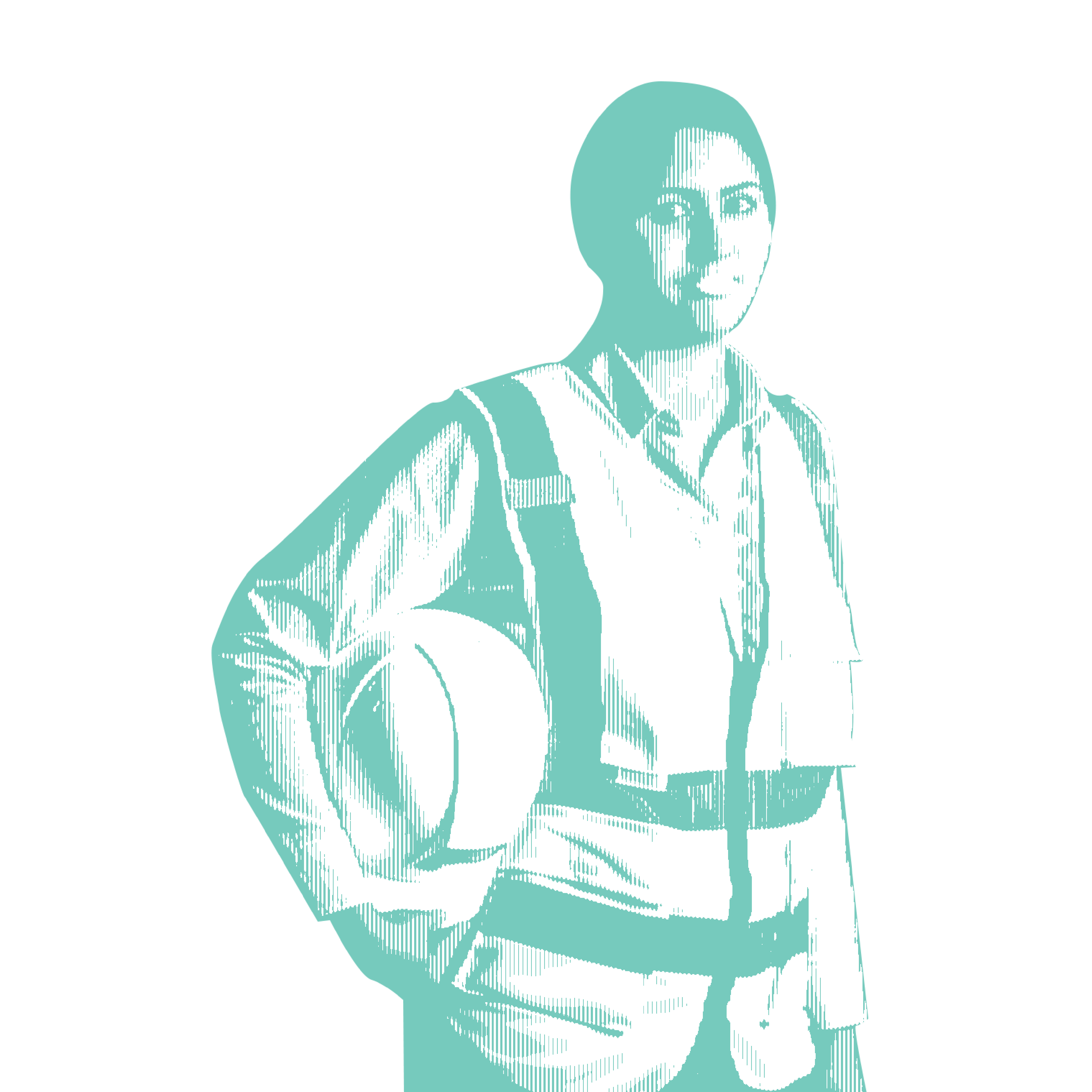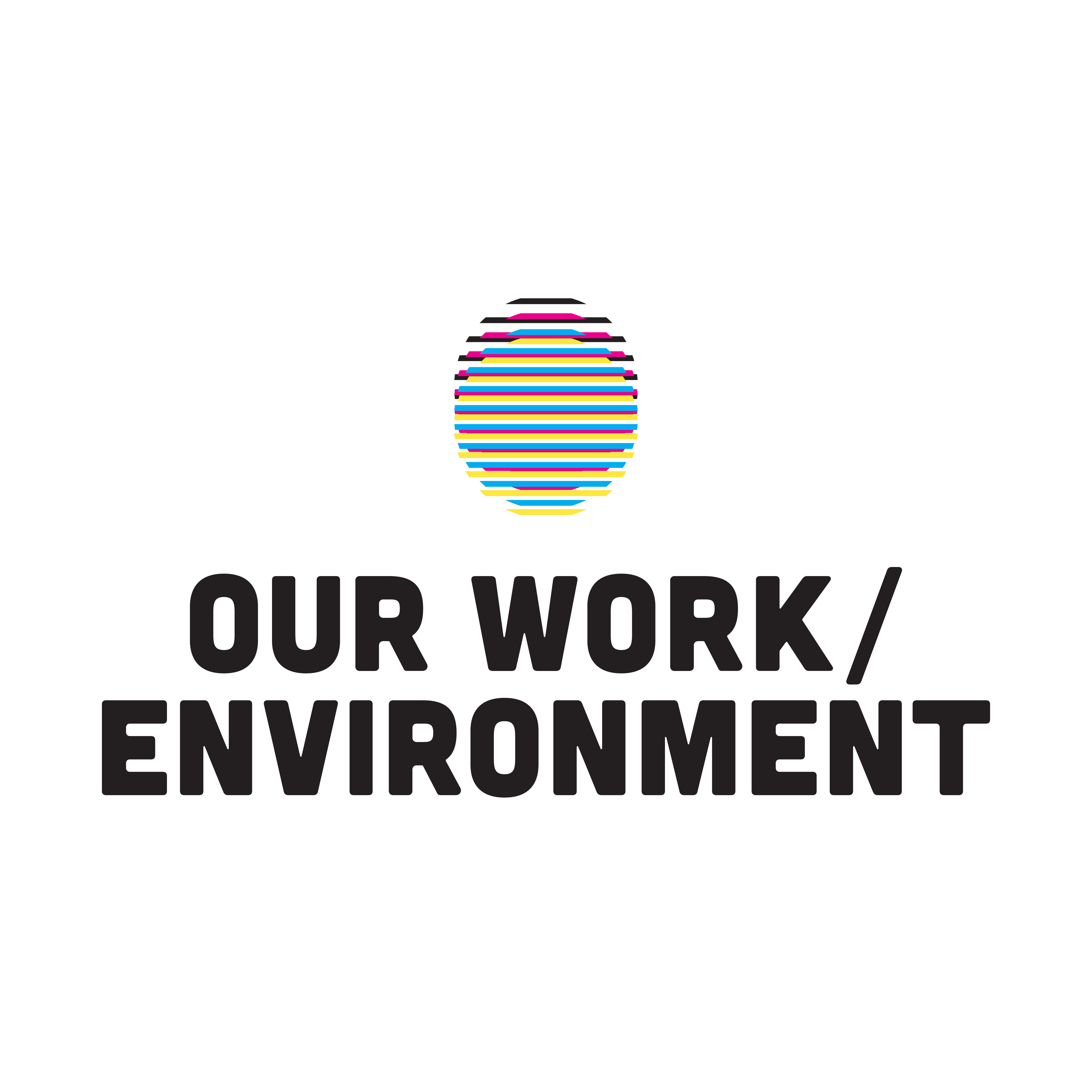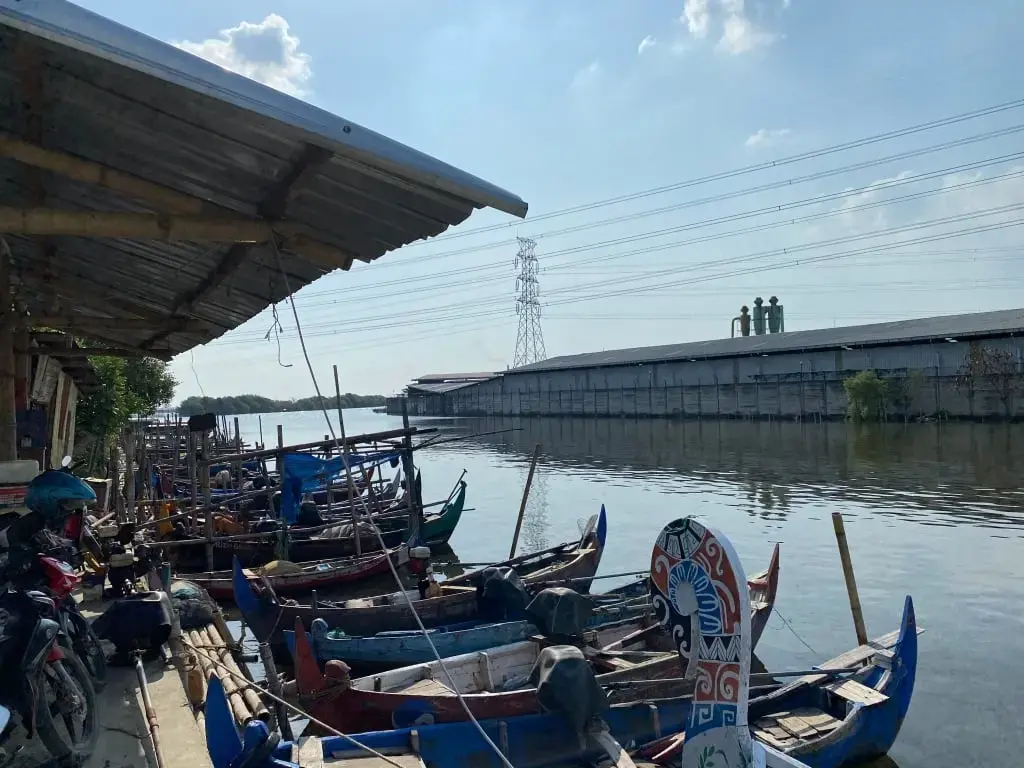
To read this report in bahasa Indonesia, click here.
Tidal floods continue to surround Semarang due to land subsidence, worsened by sea level rise.
It was just another one fine day in late May 2022 when tidal floods hit the Lamicitra industrial zone inside Tanjung Emas Port in Semarang, north of Central Java, at around 12:30 pm.
Workers there have been accustomed to tidal floods for decades, but the flooding that day was something more unusual, causing panic among workers as alarms wailed, forcing factories to halt their productions.
During 15 years of her work there, it was the first time Anjani* ever heard the blaring sound of an alarm at the factory. The 37-year-old woman works as a supervisor at the sewing department of a garment factory inside the industrial park. Seawater crept inside the factory and reached knee-deep in such a short period of time.

As a nonprofit journalism organization, we depend on your support to fund more than 170 reporting projects every year on critical global and local issues. Donate any amount today to become a Pulitzer Center Champion and receive exclusive benefits!
Her boss ordered the workers to move valuables and raw material to a safe place. Sewing machines and other equipment were immersed. She tried not to panic, but she couldn’t hide her fear as thousands of workers ran for their lives.
“It’s unlike anything we’ve ever experienced,” said Anjani. “This is the first time the tidal flood breaches the factory.”
As soon as the alarm went off, thousands of workers were evacuated, but Anjani and several coworkers were trapped inside the factory for two hours as tidal floods reached neck-deep outside.
"It’s like the sea is swallowing us whole."
Fela, factory worker
Some of the workers texted their families and loved ones, telling them they were fine. But as the deluge showed no sign of receding, Anjani and her coworkers braced the neck-deep flood to get home. She lives just 10-minutes away from the factory, but took almost an hour to get home that day. She left her motorbike at the factory parking lot.
“Our motorbikes were completely submerged,” she recalled, adding that tidal floods usually only reached knee-deep in the past. “We just abandoned them and head home. We only think about our lives.”
Fela*, another worker, was among the last to leave the factory. She said most workers from nearby factories were evacuated before the tidal floods reached neck-deep. The garment factory she works at is located on a slightly higher ground, so sea water only reached knee-deep inside.
She said top managers and owners at the factory were the last to be evacuated by the search and rescue team at around 8 pm. The tidal flood that day, she said, resembled a tsunami and that she couldn’t stop praying for her safety.
“It’s like the sea is swallowing us whole,” she said.
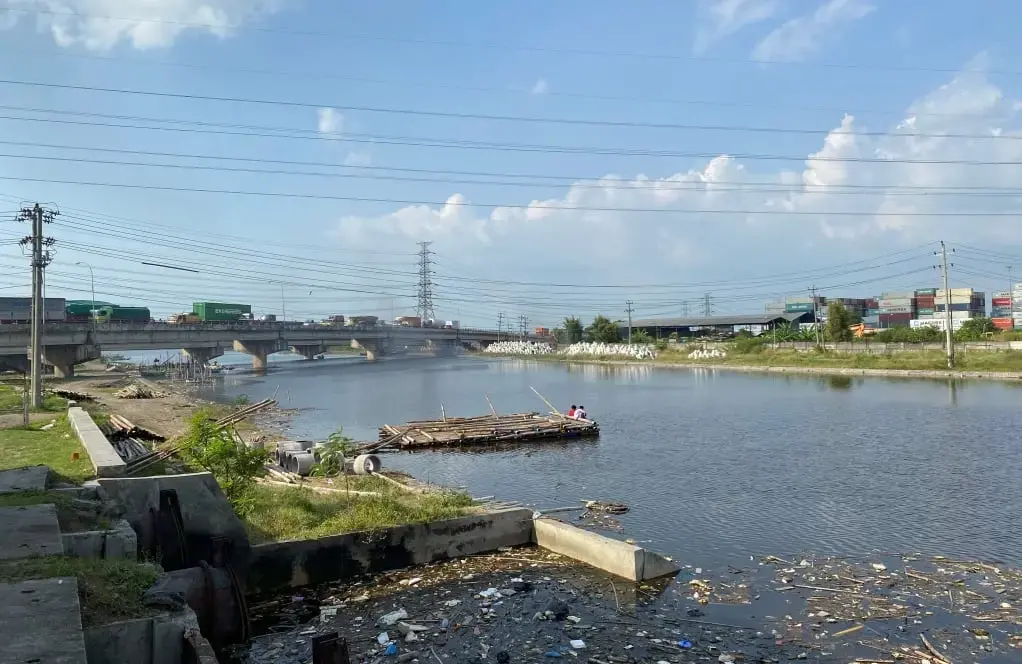
The northern coast of Java is sinking at an unprecedented rate due to land subsidence that scientists predicted will mostly be washed away by the Java Sea by 2050. More than 8,000 hectares (20,000 acres) of land on the north coast are now underwater, government data shows, and Semarang is one of the hardest hit, with almost 2,000 hectares of land now underwater.
According to a research titled Subsidence in Coastal Cities Throughout the World Observed by InSAR that studied 99 coastal cities published in 2022 by the Geophysical Research Letters, Semarang has the second highest subsidence rate after Tianjin, China, followed by Jakarta in third place.
The subsidence in Semarang is exceeding the sea level rise, according to the paper, with 20-30 mm/year line-of-sight (LOS). One factor that contributes to the land subsidence, according to researchers, is the type of soil in the area, which comprises of alluvium — loose, unconsolidated soil, or sediment that has been eroded, reshaped by water in some form, and redeposited in a non-marine setting.
Also contributing to the subsidence is groundwater extraction for industry and households. As Semarang lacks a reliable pipe water network, the state water supply agency Tirta Moedal also extracts water through dozens of artesian wells to be distributed to 42,000 residents.
Heri Andreas, a researcher at Faculty of Geo Technology and Science, Bandung Institute of Technology, said land subsidence and tidal inundation is not a new phenomenon, as it probably dates back to 100 years ago.
“The impact of land subsidence in Semarang can be seen in several forms, such as the wider expansion of (coastal) flooding areas, cracking of buildings and infrastructure, and increased inland sea water intrusion. It also badly influences the quality and amenity of the living environment and life in the affected areas,” said Andreas.

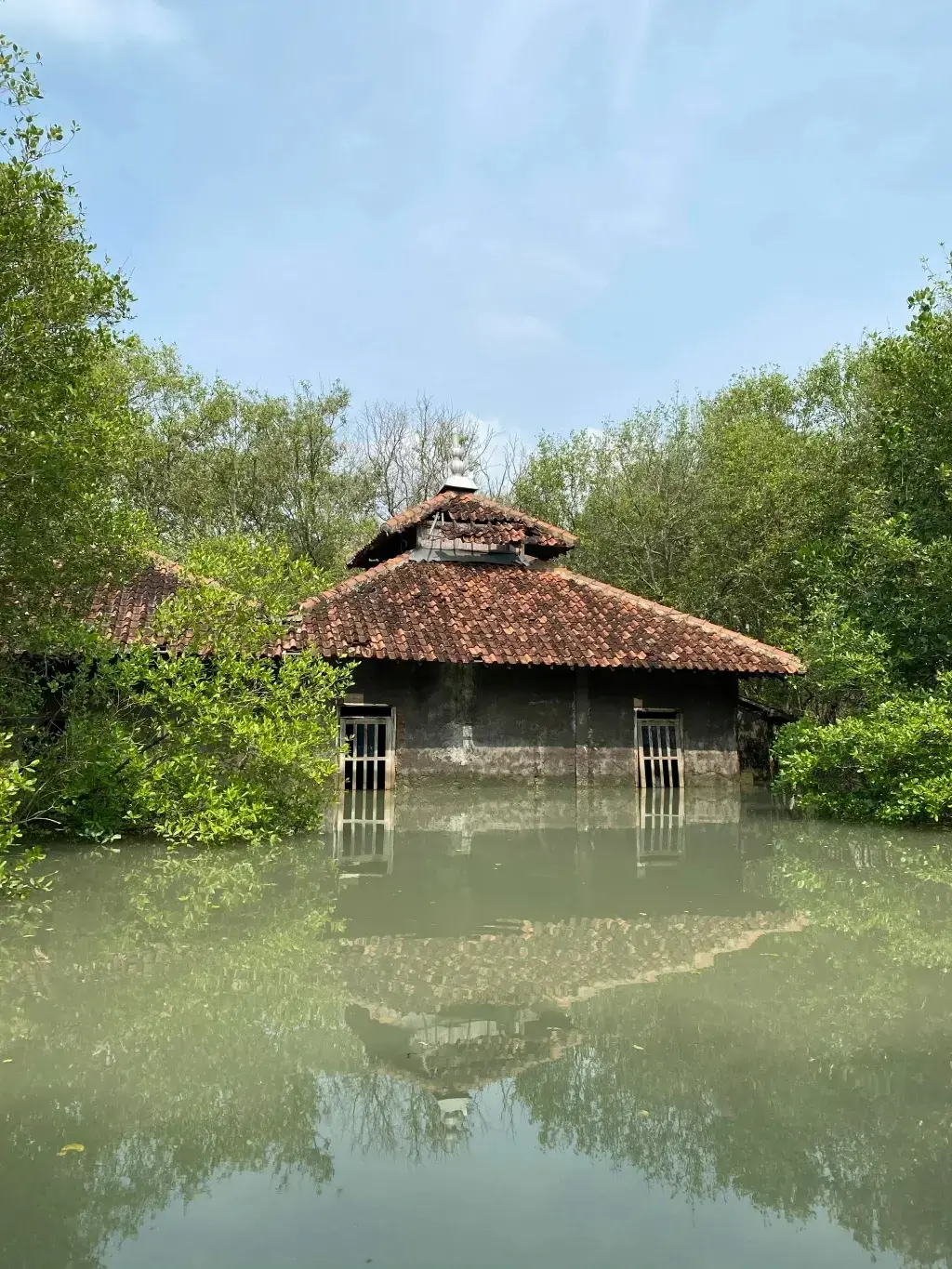
Semarang is one of the most important cities in Java, connecting the capital city Jakarta in the west and the eastern part of Java. Unlike any other cities, Semarang has rather unique topography, with narrow lowland with width between 4-11 kilometers from the coastline in the north and hilly areas with elevation of some 340 meters above sea level to the south.
This lowland, known as Semarang ngisor in Javanese, that covers 40 percent of the total area, becomes the downtown and the center of government administration and economic activities.
Semarang is located at the delta, which is naturally a flood plain area with nine major rivers flowing through the city. Due to man-made activities and climate change, the northern part of Semarang now sits 2 meters below sea level, which means practically, Semarang is among cities that experiences the worst sinking in modern history.
Chronic flooding has become somewhat of an everyday reality, especially during the rainy season and high tide. During the colonial era, the Dutch government devised policies meant to address this issue, including building west and east flood canals in two rivers in 1875, which were completed four years later.
"The impact of land subsidence in Semarang can be seen in several forms, such as the wider expansion of (coastal) flooding areas, cracking of buildings and infrastructure, and increased inland sea water intrusion. It also badly influences the quality and amenity of the living environment and life in the affected areas."
Heri Andreas, researcher, Faculty of Geo Technology and Science, Bandung Institute of Technology
But for Anjani, the floodings not only have become her current reality, but also taken a toll on her. She grew tired but realized that there was nothing she could do except to brace the flood.
Born and raised in Semarang, she has experienced floodings at an early age. Her parents constantly raised the floor of their house as the land continues to subside. In the past seven years, her parents have raised the floor up to two meters, as floods become more frequent.
Her salary simply isn’t enough to help, so she had to take out loans from banks.
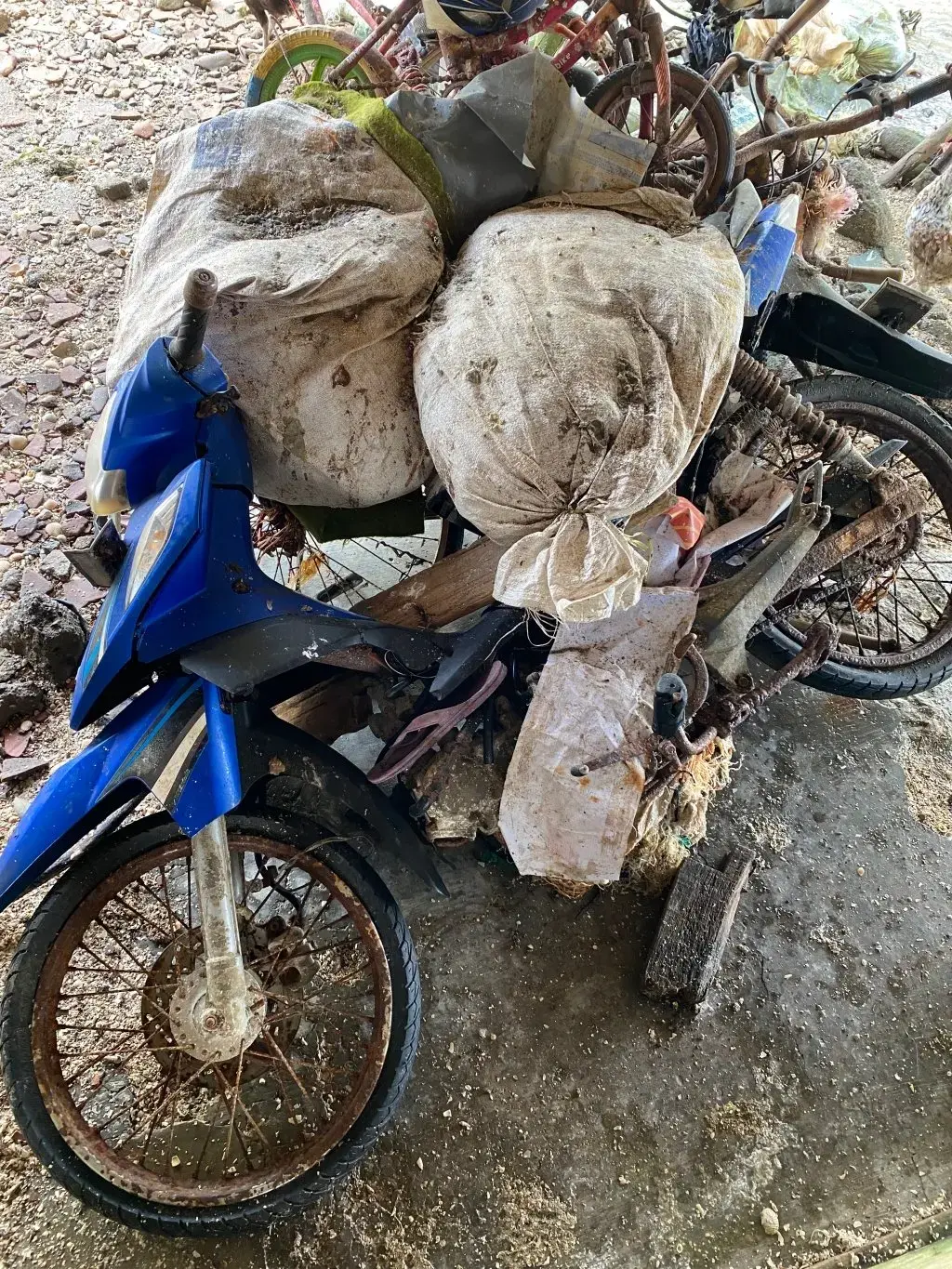
Anjani said that most of her salary has been spent on repairing or buying new motorbikes, as seawater shortened the lifespan of the machine. She spent an average of IDR 2 million [USD 132] on repairs every time her motorbike broke down. In the past 15 years, she has already purchased three new motorcycles.
Her husband works as a traditional fisherman who sails in the Java Sea as far as Demak or Jepara. Every time a tidal flood hit their home at night, her husband would stay awake to guard his boat, as the wave could send the boat inland or strike it against the concrete dock.
“It’s like we work only to survive floods, to renovate our home, or to repair motorbikes,” Anjani said. “Tidal floods used to occur only during the full moon, but now it’s like a daily occurrence.”
Since recorded history, North of Java is the key trading and industrial hub, where the historical North Coast Road, or Jalur Pantura in Indonesian, dissects the Java Island for about 1,430 kilometers, from Banten in the West to East Java.
The North Coast Road, initially known as the Great Post Road, was built during the Dutch colonial era under the reign of governor-general Herman Willem Daendels, following the order of Louis Napoléon Bonaparte, the Emperor of France, who ruled over the Kingdom of Holland at that time.
It was intended as a military route to ease mobilization of soldiers and logistics to anticipate the British invasion of Java.
Today the North Coast Road serves as one of the major arteries of commerce, with hundreds, if not thousands of trucks carrying every commodity known to mankind passing every hour. Industrial hubs and factories were built along the route, producing fertilizer to electronic devices, textile to processed food, wooden furniture to sugary beverages.
But tidal floods that constantly inundated the legendary road have resulted in severe congestion in recent years that causes millions of dollars in economic losses. To ease the clogged artery, the government built a new toll road south.
The new toll road, however, costs almost IDR 400,000 (USD 25) from Jakarta to Semarang and go up to more than a million rupiah from Banten to Surabaya, East Java. The North Coast Road, in this case, remains popular among motorists as there is no toll.
But with the current catastrophic sea level rise due to climate change and land subsidence, the economic losses will soon be unbearable. Nationwide, the National Development and Planning Agency (Bappenas) predicted that Indonesia will suffer more than IDR 544 trillion ($35 billion) in losses due to climate change between 2020-2024.
Years of monsoonal deluge and tidal floods have brought uncountable financial losses to industries, Karmanto, leader of labor union, Federasi Serikat Pekerja Indoneisa Perjuangan (SPIP-Kasbi) in Semarang, said.
In recent years, Karmanto said thousands of laborers resigned from their job and moved elsewhere to avoid the floods. Some business owners in Semarang also moved their operations to safer places away from the sea, he added.
“Some of the workers simply can’t afford to live and work near the sea,” Karmanto said. “So they opted to resign and work elsewhere.”
Karmanto has spent nearly 15 years working at a factory within the Lamicitra area. He has already purchased four motorbikes during his career, with each motorbike only reaching 3.5 years on average, far below its intended lifespan that could last for decades if taken care properly.
“I spent millions of rupiah just to survive,” Karmanto said. “My bikes have experienced it all, from corroded chassis and wheels, to broken piston, and so on, all due to the constant exposure of seawater.”
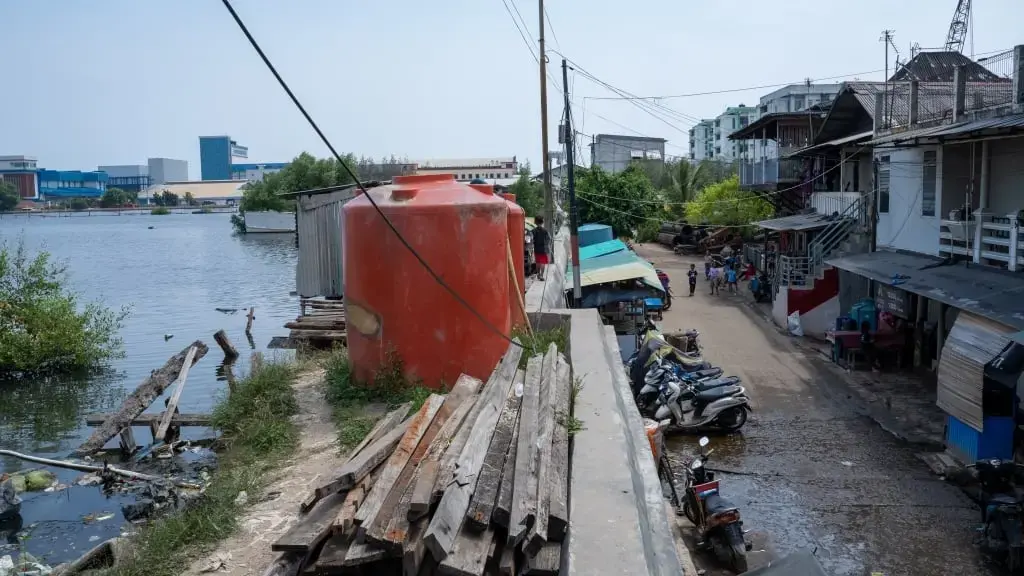
While business operations were covered by insurance, the risk of being flooded each year has made it difficult for companies to recoup losses. According to Karmanto, insurance companies usually only cover 50 percent of the total loss.
“It will be expensive to relocate business operations, but we can’t keep on working under this condition, so it’s up to the government to do something to protect the industry,” said Karmanto.
As part of the nation’s strategic project and a desperate effort to save its vital assets and industrial zones, the government is developing an integrated coastal highway and sea wall that will stretch some 27 kilometers (17 miles) from the eastern part of Semarang to the west of Demak, which is expected to be completed in 2024 and costs IDR 15 trillion (USD 1 billion) .
"It’s like we work only to survive floods, to renovate our home, or to repair motorbikes."
Anjani, factory worker
The Central Java administration has also built retention ponds and polders to control the water flow from major rivers, before being discharged to sea or distributed to residents. They have also planted more than 3.7 million mangroves across the north coast between 2011 and 2021.
But building coastal defense systems and planting mangroves may not be an effective method if the practice of massive groundwater extraction continues.
Bosman Batubara, a doctoral candidate at University of Amsterdam and IHE Delft Institute for Water Education who studies floods in major cities, said those primarily responsible for extracting deep groundwater from the contained aquifer are industries as well as those belonging to the political and social elites.
The city administration had passed a regulation banning groundwater extraction in 2013, especially within the ‘red zone’ in northern Semarang.
According to a local lawmaker Joko Santoso, there has been lax regulation that makes drilling deep wells difficult to monitor. Santoso adds, currently the permit for groundwater extraction comes from the Water Resources Agency (PSDA) at the Energy and Mineral Resources Agency at the provincial level.
“The city administration should also monitor this practice and give penalties to those that illegally extract groundwater,” said Santoso. “Today many industries, hotels, extracted groundwater.”
Meanwhile, Central Java ESDM head Sujarwanto Dwiatmoko as quoted by Kompas.com said that industry may only extract 50 cubic meters of groundwater per day.
“We will take swift action if they violate the regulation,” said Dwiatmoko.
While there’s no immediate data on the numbers of drilled wells in Semarang, according to the Semarang Provincial Statistics Agency (BPS), there were 15 new wells in 2021. Batubara said the practice of drilling unregulated wells is rampant and makes it harder to monitor and quantify.
“Given the high number of unregistered wells, it is almost impossible to accurately measure the total volume of water extracted from the contained aquifer,” said Batubara.
In Jakarta, for example, there were only 42 deep groundwater wells in 1879. In 1998, the total number of deep groundwater wells reached 3,626. But this number doesn’t reflect the reality as many extracted groundwater illegally, according to Batubara. In his research, Batubara said the number of wells in Jakarta may have reached 15,000.
“When groundwater continues to be extracted, it is these sand layers (or lenses) that will be compacted the most,” said Batubara.
For Anjani and other workers, they have high hopes on the government to solve the problems. She doesn’t plan to relocate as she doesn’t want to leave her birthplace.
“I feel comfortable working there, because it only takes 10 minutes to go to work,” Anjani said.
“I think the government should do more to protect us.”
*Name has been changed to protect their identity.










